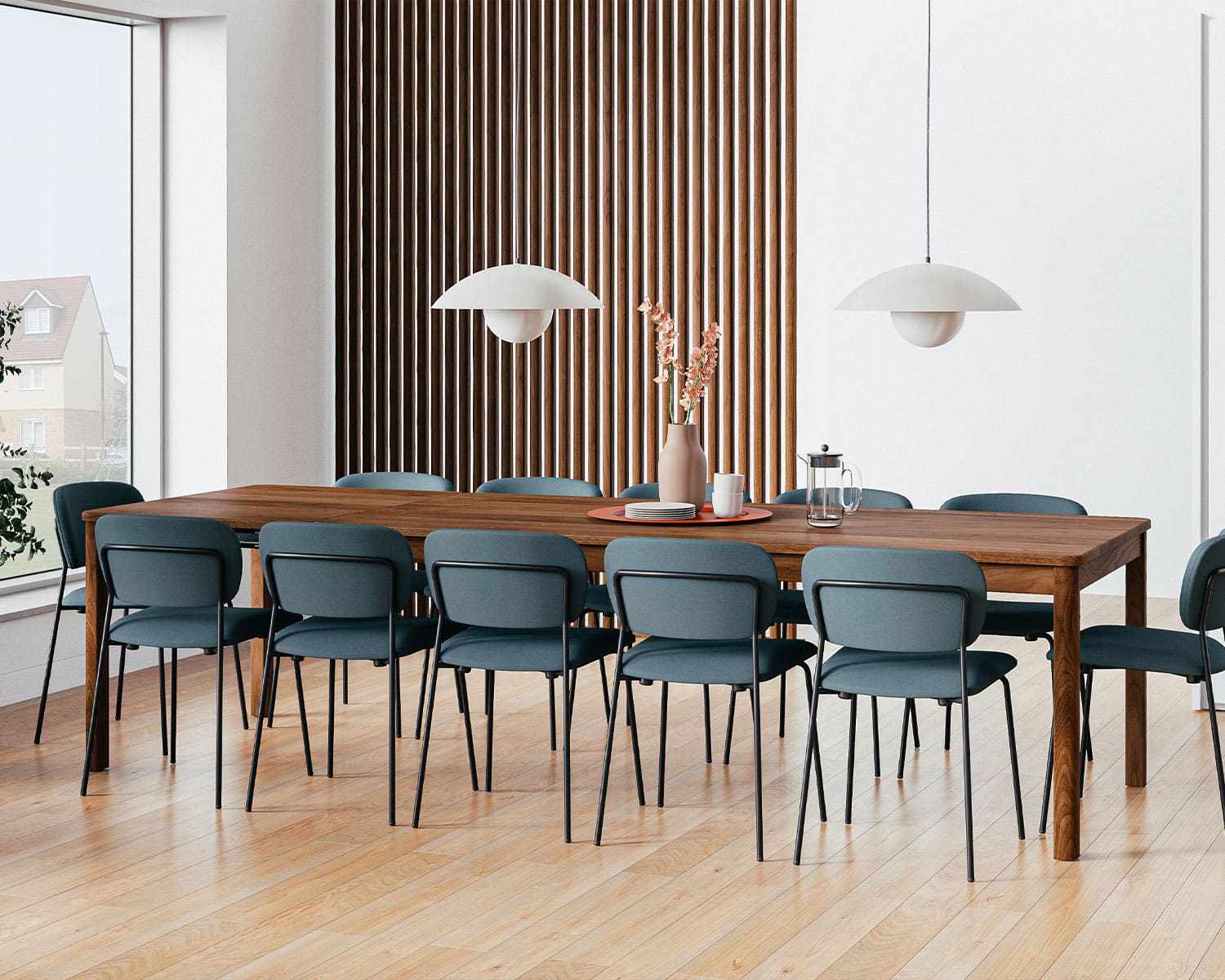

Tableware
What Are Dining Tables Made Of?
Modified: February 3, 2024
Discover the various materials used to create dining tables and explore the vast options in tableware. Enhance your dining experience with our comprehensive guide.
(Many of the links in this article redirect to a specific reviewed product. Your purchase of these products through affiliate links helps to generate commission for Storables.com, at no extra cost. Learn more)
Introduction
When it comes to furnishing a dining space, one of the key elements that takes center stage is the dining table. The dining table serves as a gathering place for family and friends to share meals and create lasting memories. It is not only a functional piece of furniture but also contributes to the overall aesthetic of the dining area.
Choosing the right dining table involves considering various factors such as size, shape, style, and most importantly, the materials used in its construction. The material of a dining table not only affects its visual appeal but also its durability, maintenance requirements, and cost. In this article, we will explore the different materials commonly used in the construction of dining tables, ranging from traditional to modern options.
Key Takeaways:
- Choose the right dining table material to match your style, budget, and maintenance needs. From the warmth of wood to the sleekness of glass, each option offers unique benefits for creating a stylish and functional dining space.
- Elevate your dining area with a material that suits your lifestyle. Whether it’s the timeless beauty of wood, the modern appeal of metal, or the luxurious charm of marble, your dining table choice sets the stage for memorable gatherings and lasting impressions.
Read more: What Is Cutlery Made Of
Wood Dining Tables
Wood is a timeless and popular choice for dining tables. It offers warmth, natural beauty, and versatility, making it suitable for a wide range of interior styles. There are different types of wood used in dining table construction, each with its own unique characteristics. Let’s explore some of the commonly used wood materials:
- Solid Wood: Solid wood dining tables are crafted from a single piece of wood, resulting in a sturdy and durable table. Popular choices include oak, walnut, maple, and cherry. These tables showcase the natural grain and texture of the wood, adding a touch of rustic charm to any dining space.
- Veneer: Veneer dining tables are constructed with a thin layer of high-quality wood that is bonded to a less expensive wood or engineered wood core. This allows for a more affordable option without compromising on aesthetics. Veneer tables are available in a variety of finishes and styles.
- Laminate: Laminate dining tables are made with a synthetic material that mimics the appearance of wood. These tables are highly durable, resistant to scratches and stains, and easy to clean. Laminate tables are available in a wide range of colors and patterns, making them a versatile choice.
- Reclaimed Wood: Reclaimed wood dining tables are made from salvaged or repurposed wood, giving them a unique and eco-friendly appeal. These tables often showcase the natural imperfections and character of the reclaimed wood, adding a rustic and vintage touch to any dining space.
Glass Dining Tables
Glass dining tables offer a sleek and modern aesthetic that can instantly elevate the look of any dining area. Here are some common types of glass used in their construction:
- Tempered Glass: Tempered glass is highly durable and shatter-resistant, making it a safe option for dining tables. It undergoes a special manufacturing process that creates a stronger glass that is less prone to breakage. Tempered glass tables can feature clear or tinted glass, allowing for a variety of design choices.
- Frosted Glass: Frosted glass dining tables have a textured or etched surface, creating a soft and diffused look. This not only adds visual interest but also offers privacy by blurring the view of the table surface. Frosted glass tables can be a stylish choice for modern and minimalist dining spaces.
- Tinted Glass: Tinted glass dining tables come in a range of colors, adding a pop of personality to your dining area. From bold hues like blue and green to more subtle tones like gray and bronze, tinted glass tables can be a striking focal point in your dining room.
Metal Dining Tables
Metal dining tables offer a contemporary and industrial look that is both stylish and durable. Here are some common metals used in their construction:
- Steel: Steel dining tables are known for their strength and durability. They can be powder-coated or painted in various colors, allowing for customization to match your desired aesthetic. Steel tables are resistant to rust and corrosion, making them suitable for both indoor and outdoor use.
- Aluminum: Aluminum dining tables are lightweight yet sturdy. They are resistant to rust and weather elements, making them a popular choice for outdoor dining spaces. Aluminum tables often have a sleek and streamlined design, perfect for modern and contemporary settings.
- Wrought Iron: Wrought iron dining tables exude timeless elegance and charm. They are handcrafted from iron, offering a sturdy and durable option. Wrought iron tables can feature intricate designs and decorative details, making them a statement piece in any dining area.
- Stainless Steel: Stainless steel dining tables are known for their sleek and hygienic properties. They are resistant to stains, heat, and corrosion, making them easy to clean and maintain. Stainless steel tables are often favored in commercial settings due to their durability and modern aesthetic.
Key Takeaways:
- Choose the right dining table material to match your style, budget, and maintenance needs. From the warmth of wood to the sleekness of glass, each option offers unique benefits for creating a stylish and functional dining space.
- Elevate your dining area with a material that suits your lifestyle. Whether it’s the timeless beauty of wood, the modern appeal of metal, or the luxurious charm of marble, your dining table choice sets the stage for memorable gatherings and lasting impressions.
Read more: What Is Cutlery Made Of
Wood Dining Tables
Wood is a timeless and popular choice for dining tables. It offers warmth, natural beauty, and versatility, making it suitable for a wide range of interior styles. There are different types of wood used in dining table construction, each with its own unique characteristics. Let’s explore some of the best wood for dining table you can use:
Read more: What Is A Napkin Made Of
Solid Wood
Solid wood dining tables are crafted from a single piece of wood, resulting in a sturdy and durable table. Popular choices include oak, walnut, maple, and cherry. These tables showcase the natural grain and texture of the wood, adding a touch of rustic charm to any dining space. Solid wood tables can vary in their finish, from a smooth and polished surface to a distressed or reclaimed look. They tend to age gracefully over time, developing a rich patina that adds character to the piece.
Veneer
Veneer dining tables are constructed with a thin layer of high-quality wood that is bonded to a less expensive wood or engineered wood core. This allows for a more affordable option without compromising on aesthetics. The veneer layer can be made of various wood species and is carefully chosen for its grain pattern and color consistency. Veneer tables offer the look and feel of solid wood but may have a slightly lighter weight. They are available in a variety of finishes, from natural wood tones to painted or stained options, providing a wide range of design possibilities.
Laminate
Laminate dining tables are made with a synthetic material that mimics the appearance of wood. These tables consist of a core material, usually made of particleboard or MDF, which is then covered with a thin layer of laminate. The laminate layer is printed with a wood grain pattern and finished with a protective coating, giving it a realistic look and feel. Laminate tables are highly durable, resistant to scratches and stains, and easy to clean. They are available in a wide range of colors and patterns, making them a versatile choice for modern and budget-friendly dining spaces.
Reclaimed Wood
Reclaimed wood dining tables are made from salvaged or repurposed wood, giving them a unique and eco-friendly appeal. The wood used in these tables may come from old barns, factories, or even fallen trees. Reclaimed wood tables often showcase the natural imperfections and character of the wood, including knots, nail holes, and weathered markings. They can add a rustic and vintage touch to any dining space, creating a warm and inviting atmosphere. Reclaimed wood tables come in various styles and finishes, allowing you to choose the perfect piece that fits your personal taste and sustainability values.
When selecting a wood dining table, consider factors such as the desired style, maintenance requirements, and budget. Each type of wood has its own unique features, so it’s important to choose one that aligns with your preferences and lifestyle. Whether you opt for a solid wood table for its natural beauty or a laminate table for its practicality, a wood dining table is sure to be a durable and stylish centerpiece for your dining area.
Glass Dining Tables
Glass dining tables offer a sleek and modern aesthetic that can instantly elevate the look of any dining area. The transparent nature of glass creates a sense of openness and lightness, making it a popular choice for contemporary and minimalist interiors. Here are some common types of glass used in the construction of dining tables:
Tempered Glass
Tempered glass is a type of safety glass that is designed to be more durable and resistant to breakage compared to regular glass. It undergoes a special thermal treatment process, which involves heating the glass and then rapidly cooling it. This process increases the glass’s strength, making it about four to five times stronger than regular glass. In the rare event that tempered glass does break, it shatters into small, granular pieces rather than sharp shards. Tempered glass dining tables are not only stylish but also offer peace of mind for households with children or pets.
Frosted Glass
Frosted glass dining tables have a textured or etched surface, which diffuses light and creates a soft, glowing effect. The frosting process involves either treating the glass with an acid or sandblasting it to create a frosted appearance. This type of glass is ideal for those who prefer a more subtle and elegant look. Frosted glass tables can add a touch of sophistication to any dining area, and they offer the advantage of concealing smudges and fingerprints, as the textured surface helps to mask them.
Tinted Glass
Tinted glass dining tables come in a variety of colors, adding a pop of personality to your dining space. The tint is achieved by adding small amounts of metallic oxides to the glass during its manufacturing process, resulting in a range of hues, such as gray, bronze, blue, green, and more. Tinted glass tables can be a striking centerpiece in your dining room, creating a focal point that complements and enhances the overall interior design. The degree of tint can vary, from translucent options that allow more light to pass through, to opaque choices that offer more privacy.
Glass dining tables have the advantage of being visually versatile and adaptable to various interior styles. They can blend seamlessly with different materials, such as wood, metal, or plastic, creating a harmonious and balanced look. Additionally, glass is easy to clean and maintain, as it is resistant to stains and doesn’t require special cleaning products or techniques. However, it is important to handle glass tables with care to avoid scratching or chipping their delicate surfaces.
Whether you choose tempered glass for its safety features, frosted glass for its elegant and diffused appearance, or tinted glass for its vibrant and modern look, a glass dining table can add a touch of sophistication and style to your dining space. It creates an open and inviting atmosphere where you and your guests can enjoy meals while admiring the beauty of this transparent material.
Metal Dining Tables
Metal dining tables offer a contemporary and industrial look that is both stylish and durable. The use of metal in dining table construction adds a touch of modernity and can complement a variety of interior styles. Here are some common metals used in the construction of dining tables:
Steel
Steel dining tables are known for their strength and durability. Steel is a versatile material that can be both sleek and sturdy. It can be powder-coated or painted in various colors, allowing for customization to match your desired aesthetic. Steel tables are resistant to rust and corrosion, making them suitable for both indoor and outdoor use. They can effortlessly withstand the test of time and are often chosen for their timeless appeal.
Aluminum
Aluminum dining tables are lightweight yet sturdy. The lightweight nature of aluminum makes these tables easy to move and rearrange. Aluminum is also highly resistant to rust and weather elements, making it a popular choice for outdoor dining spaces. Aluminum tables often have a sleek and streamlined design, making them perfect for modern and contemporary settings. Despite its lightweight construction, aluminum offers a great deal of stability and can provide a sturdy surface for dining and entertaining.
Wrought Iron
Wrought iron dining tables exude timeless elegance and charm. Wrought iron is a form of iron that is handcrafted, making each piece unique. These tables often feature intricate designs and decorative details, adding a touch of sophistication to any dining area. Wrought iron tables are known for their durability and structural integrity. They can withstand heavy use and are resistant to bending or warping. Wrought iron tables can be a statement piece in your dining area, showcasing the artistry and craftsmanship of this classic material.
Read more: What Is A Dining Set?
Stainless Steel
Stainless steel dining tables are loved for their sleek and hygienic properties. Stainless steel is a low-maintenance material that is resistant to stains, heat, and corrosion. It is easy to clean and sanitize, making it a popular choice for commercial settings as well as households with busy lifestyles. Stainless steel tables offer a modern and minimalist aesthetic, and they can effortlessly blend with a variety of interior styles. They are often chosen for their durability and longevity, making them an investment piece for your dining area.
When selecting a metal dining table, consider factors such as style, maintenance requirements, and budget. Each type of metal has its own unique characteristics and visual appeal, so it’s important to choose one that suits your personal taste and complements your existing decor. Whether you opt for the strength of steel, the lightweight nature of aluminum, the elegance of wrought iron, or the sleekness of stainless steel, a metal dining table can add a touch of contemporary sophistication to your dining area.
Marble and Stone Dining Tables
Marble and stone dining tables exude luxury and sophistication, adding a touch of elegance to any dining space. These natural materials are renowned for their unique patterns, durability, and timeless appeal. Let’s explore some of the commonly used materials in the construction of marble and stone dining tables:
Marble
Marble is a classic choice for dining tables, known for its stunning beauty and luxurious appearance. It is a natural stone that is formed from limestone under high pressure and heat. Marble is characterized by its veining patterns, which are created by various mineral deposits within the stone. Each marble slab is unique, offering a one-of-a-kind look to your dining table. The smooth surface of marble is heat-resistant and ideal for formal dining settings. However, it is important to note that marble is a porous material and can be prone to staining if not properly sealed and maintained.
Granite
Granite is another popular choice for dining tables due to its durability and versatility. It is an igneous rock that is composed mainly of quartz, feldspar, and mica. Granite is known for its strength and resistance to heat, scratches, and stains. It is available in a wide range of colors and patterns, allowing for various design possibilities. Granite dining tables offer a luxurious and polished look, suitable for both formal and casual dining spaces. Like marble, granite is a natural stone that needs to be sealed periodically to maintain its beauty and protect it from potential stains.
Read more: What Is A Ping Pong Table Made Of
Slate
Slate is a metamorphic rock that is characterized by its smooth and matte finish. It is formed from the compression of clay and shale over millions of years. Slate dining tables have a distinct natural beauty and earthy appeal. They often feature rich and deep colors, such as charcoal gray, deep brown, or greenish-black. Slate is known for its durability and resistance to scratches, stains, and heat. It is a low-maintenance material that is easy to clean and maintain. Slate dining tables can add a touch of rustic elegance to your dining area, perfect for creating a warm and inviting atmosphere.
Quartz
Quartz dining tables are made from engineered stone, which is composed of quartz crystals mixed with resins and pigments. Quartz is renowned for its durability, non-porous nature, and resistance to scratches and stains. It offers a wide array of color options and patterns, including solid colors and intricate patterns that resemble natural stone. Quartz dining tables are easy to maintain as they are resistant to heat, bacteria, and most household chemicals. They are a popular choice for contemporary and modern interiors, offering a sleek and sophisticated look.
When choosing a marble or stone dining table, consider the overall aesthetic you want to achieve, as well as the level of maintenance required. These materials can create a stunning focal point in your dining area, adding a touch of luxury and elegance. Whether you opt for the timeless beauty of marble, the durability of granite, the earthy appeal of slate, or the versatility of quartz, a marble or stone dining table is sure to make a statement and become a cherished centerpiece in your home.
Plastic and Acrylic Dining Tables
Plastic and acrylic dining tables offer a modern and versatile option for any dining space. These materials are known for their durability, affordability, and wide range of design possibilities. Let’s explore the characteristics and advantages of plastic and acrylic dining tables:
Plastic
Plastic dining tables are lightweight, making them easy to move and rearrange as needed. They are also highly durable and resistant to scratches, stains, and water. Plastic tables are available in a variety of colors, finishes, and styles, making them a versatile choice for any interior. The affordability of plastic dining tables makes them an accessible option for those on a budget who still want a stylish dining solution. Plastic is also easy to clean with just a simple wipe down, making it ideal for busy households or commercial settings.
Read more: What Is Luminarc Glassware Made Of
Acrylic
Acrylic dining tables are made from a durable and transparent synthetic material known as polymethyl methacrylate (PMMA). Acrylic offers a sleek and modern look, resembling glass but with added durability. Acrylic tables are lightweight and resistant to breakage, making them a safer alternative to glass. One of the advantages of acrylic is its versatility in design. It can be molded into various shapes and forms, allowing for unique and customized dining table designs. Acrylic tables can also come in different colors, including translucent and opaque options, further expanding the design possibilities.
Plastic and acrylic dining tables are popular choices for various settings, including outdoor dining areas, cafeterias, and casual dining spaces. Here are some of the benefits they offer:
- Cost-effective: Plastic and acrylic tables are often more affordable compared to tables made from other materials such as wood or metal.
- Variety of styles: These materials are available in a wide range of designs, colors, and finishes, allowing you to find a table that suits your personal taste and complements your existing décor.
- Lightweight and easy to move: Plastic and acrylic tables are lightweight and easy to transport, making them versatile for both indoor and outdoor use. Additionally, their light weight makes them easy to clean and maneuver.
- Durability: Plastic and acrylic dining tables are known for their resistance to scratches, stains, and water, making them ideal for busy households or commercial spaces.
- Safety: Acrylic tables offer a safer option compared to glass tables, as they are less prone to breakage and do not shatter into sharp pieces if accidentally dropped or knocked.
Plastic and acrylic dining tables present stylish and practical options for those looking for affordable, durable, and versatile furniture. Whether you choose a vibrant plastic table to make a bold statement or an elegant acrylic table for a modern touch, these materials can provide a chic and functional dining solution for any space.
Conclusion
Choosing the right dining table is crucial for creating a welcoming and functional space in your home. Throughout this article, we have explored various materials used in the construction of dining tables, each with its own unique characteristics and benefits.
Wood dining tables offer warmth, natural beauty, and versatility. Whether you opt for the sturdiness of solid wood, the affordability of veneer, the durability of laminate, or the eco-friendliness of reclaimed wood, there is a wood dining table to suit every style and budget.
Glass dining tables bring a sense of modernity and openness to your dining area. From the safety and durability of tempered glass to the sophistication of frosted or tinted glass, these tables add a touch of elegance to any interior.
Metal dining tables offer contemporary and industrial aesthetics. Steel, aluminum, wrought iron, and stainless steel each bring their own unique characteristics, from strength and durability to sleekness and hygiene.
Marble and stone dining tables exude luxury and timeless beauty. The natural patterns of marble, the durability of granite, the earthy appeal of slate, and the versatility of quartz make these tables stand out as statement pieces in any dining space.
Plastic and acrylic dining tables offer affordability, durability, and versatility. Whether you choose the lightweight and colorful options of plastic or the sleek and modern designs of acrylic, these tables provide practical choices for various settings.
When selecting a dining table, it’s important to consider factors such as style, maintenance, and budget. Each material offers its own set of advantages, so choose the one that aligns with your personal preferences and complements your existing decor.
Ultimately, the perfect dining table combines both functionality and aesthetics, creating a space where you can gather with loved ones and enjoy delicious meals for years to come. Whether you opt for the timeless beauty of wood, the modern elegance of glass, the industrial appeal of metal, the luxurious charm of marble and stone, or the versatility of plastic and acrylic, your dining table choice will serve as the heart of your dining area and contribute to memorable dining experiences.
Frequently Asked Questions about What Are Dining Tables Made Of?
Was this page helpful?
At Storables.com, we guarantee accurate and reliable information. Our content, validated by Expert Board Contributors, is crafted following stringent Editorial Policies. We're committed to providing you with well-researched, expert-backed insights for all your informational needs.
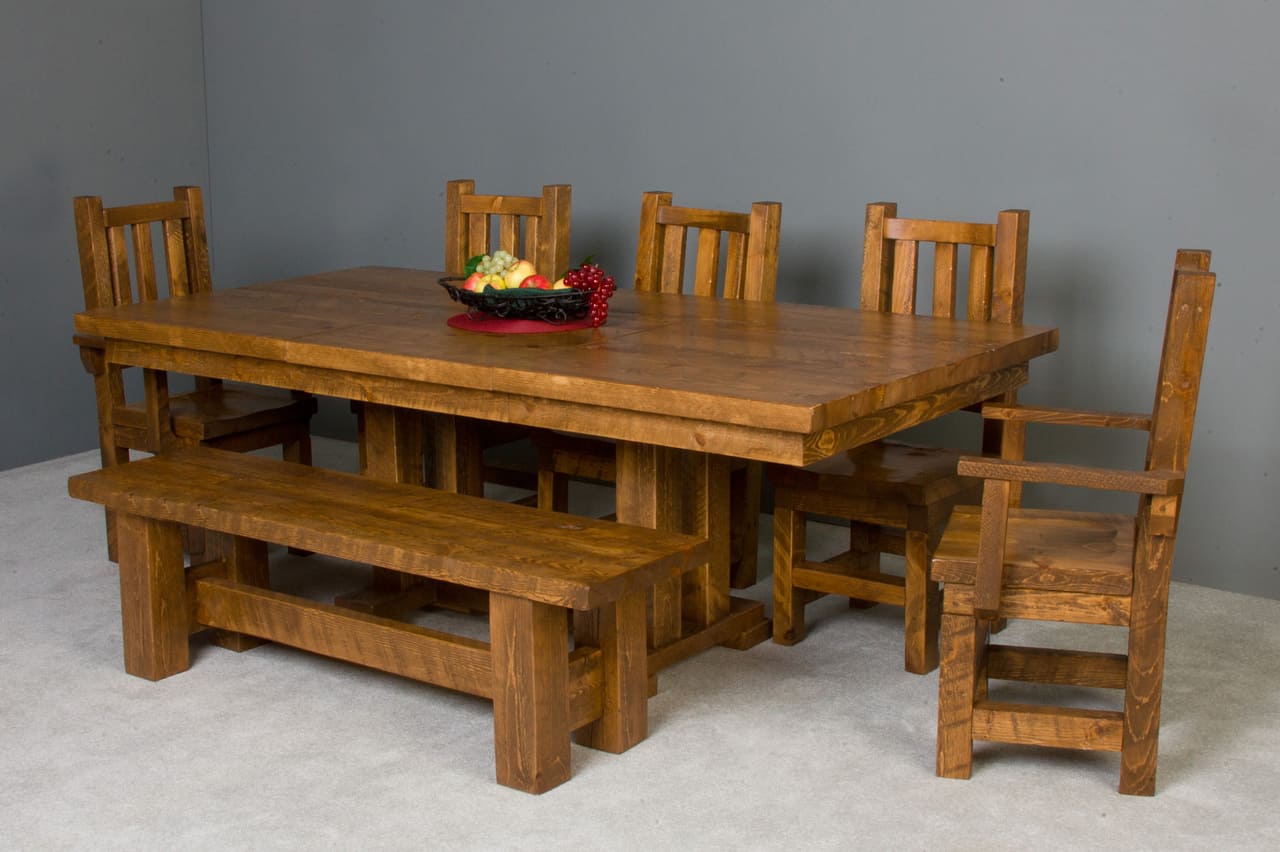
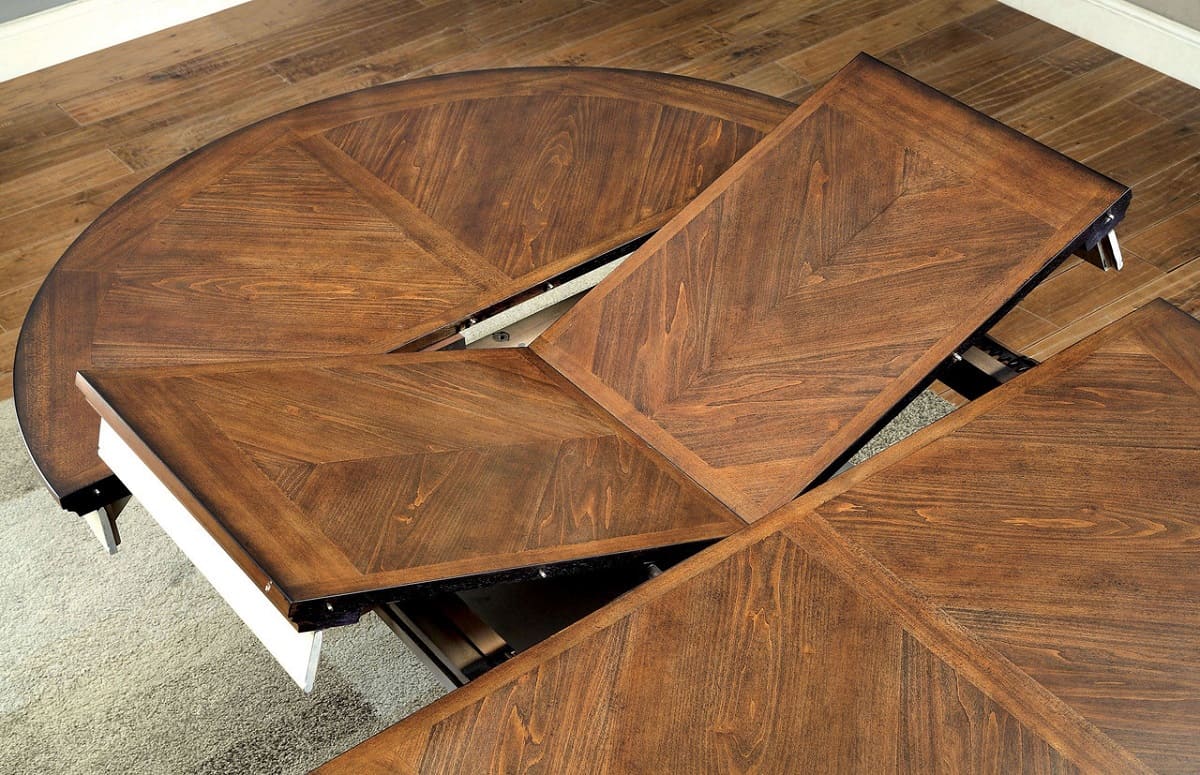
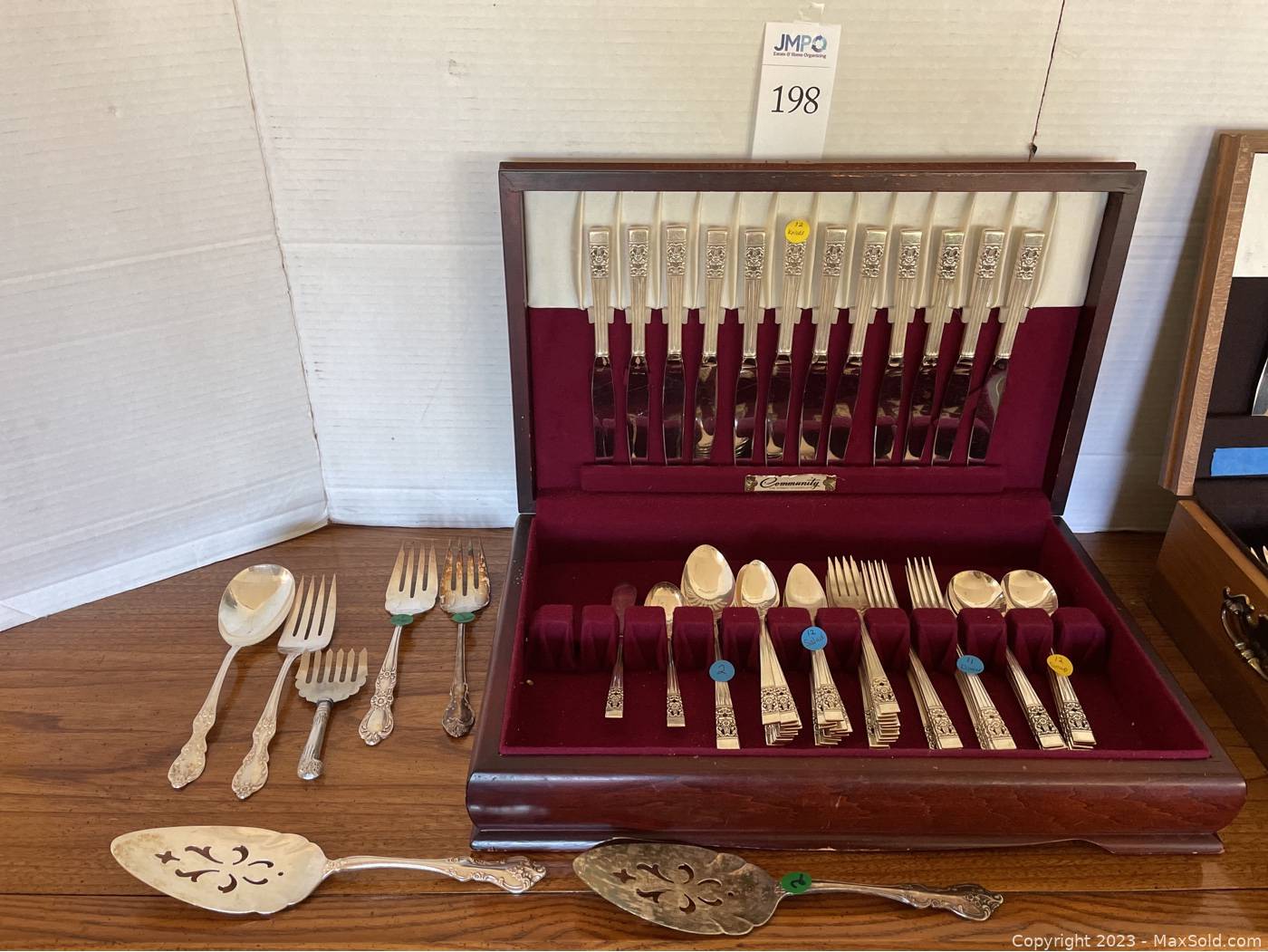
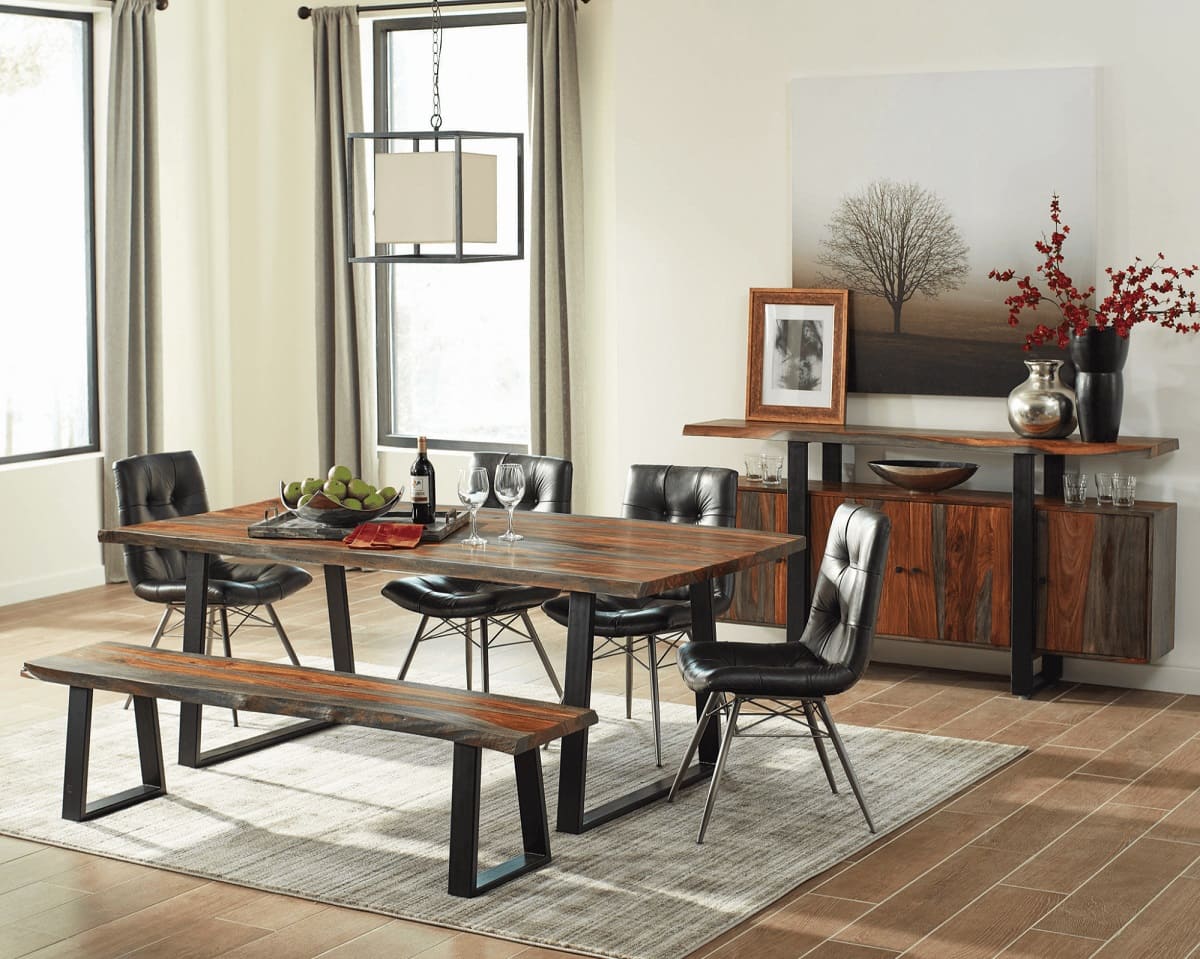
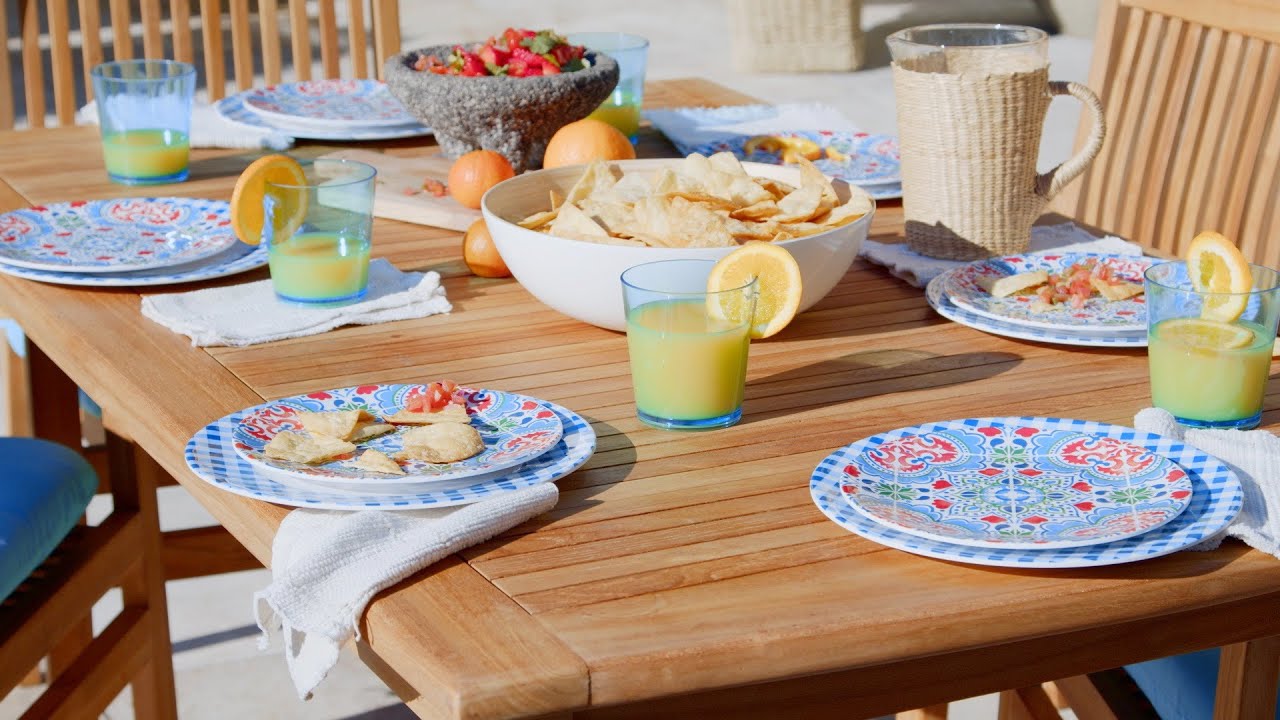
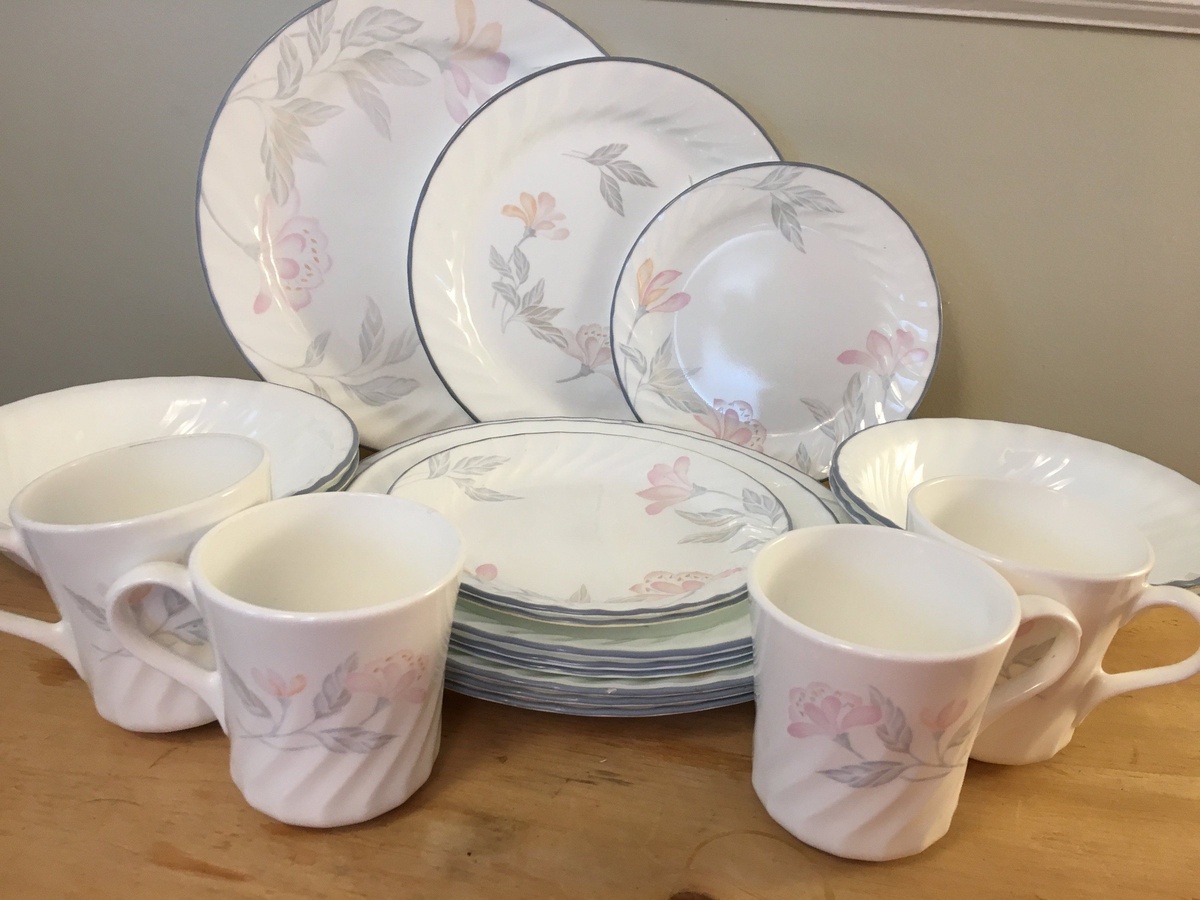
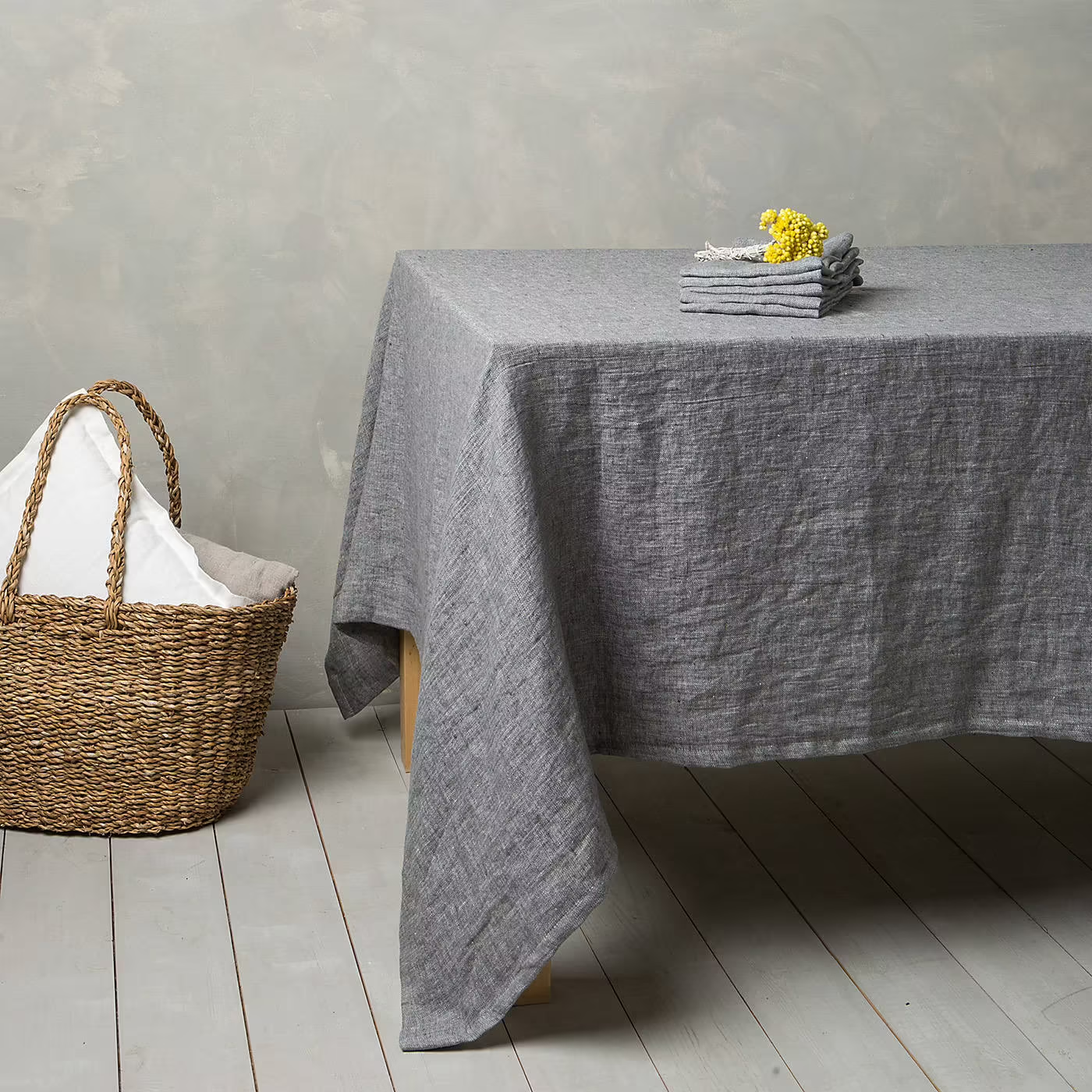
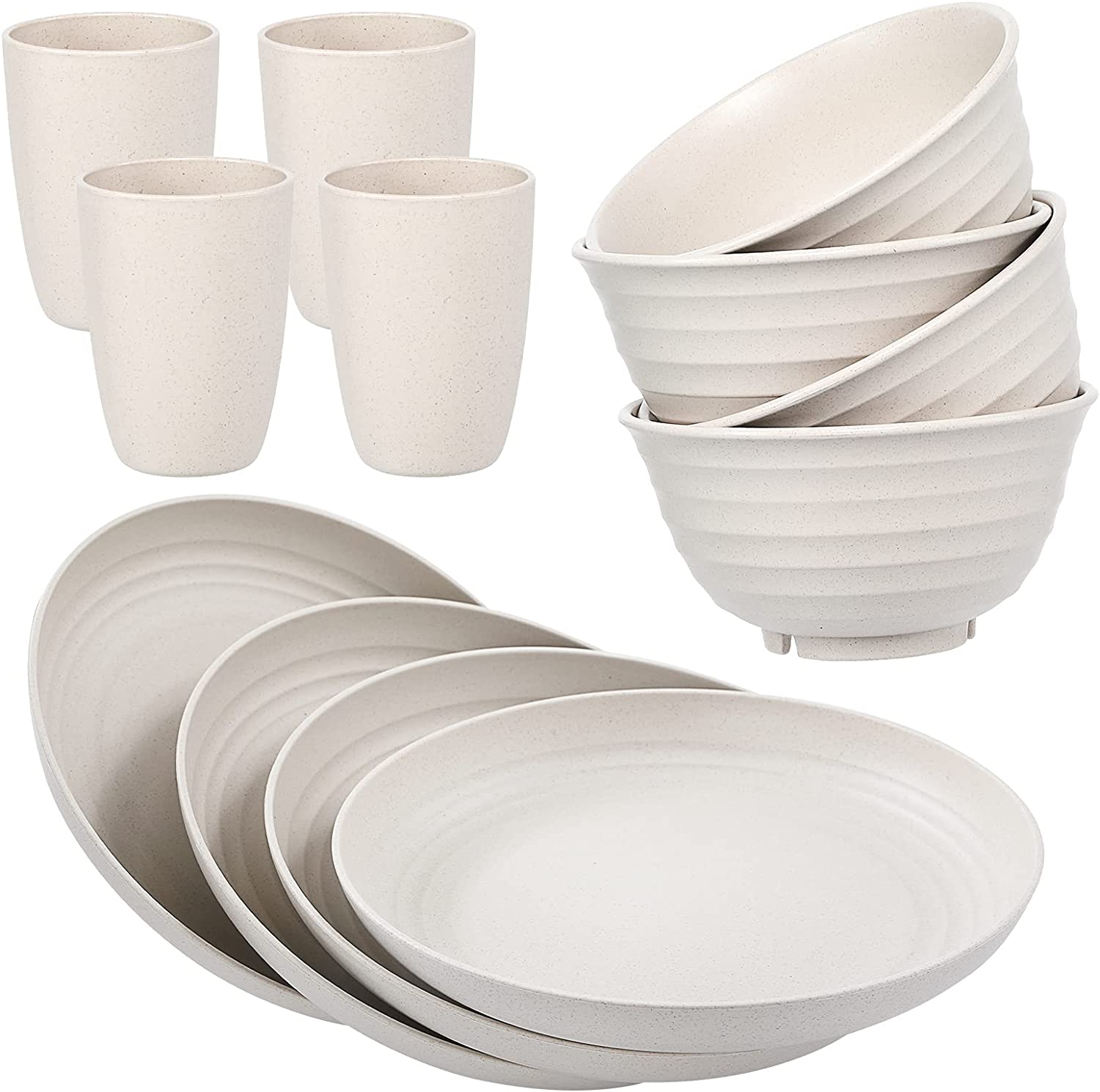
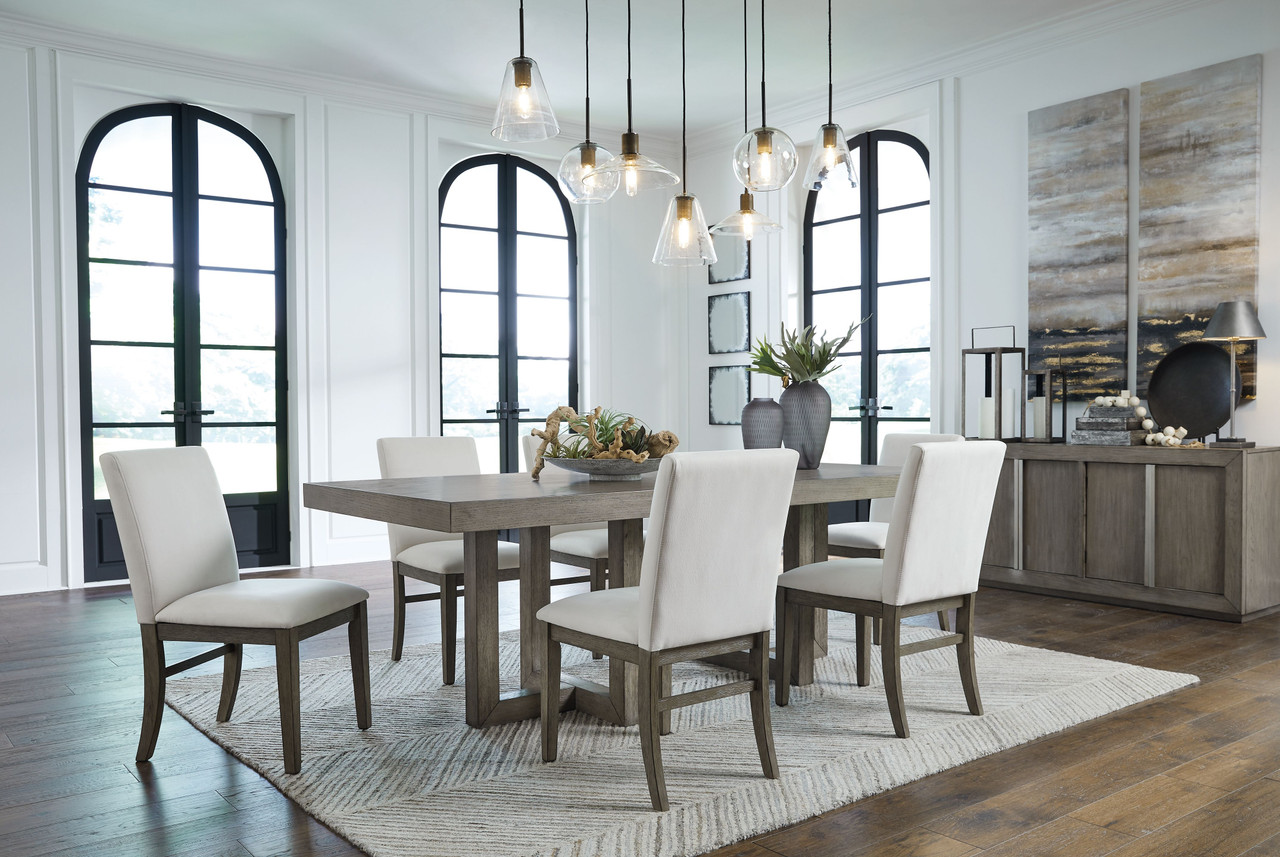

0 thoughts on “What Are Dining Tables Made Of?”